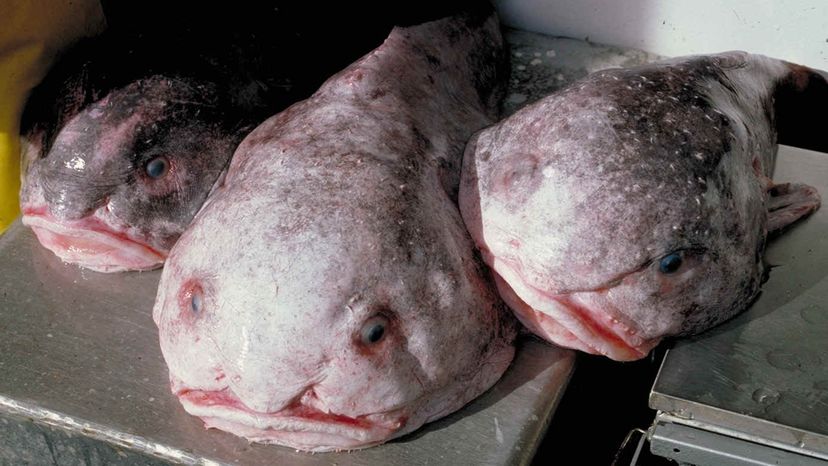
Imagine someone voted you the ugliest person at work. You would be upset, right?
Well, it's a very good thing the blobfish (Psychrolutes marcidus), a member of the illustrious fathead sculpin family of deep-sea trawlers, doesn't speak English and also lives very far away — 3,300 feet (1,000 meters) under the water off the coast of Australia, Tasmania and New Zealand — because in 2013, it was voted the World's Ugliest Animal by The Ugly Animal Preservation Society.
Advertisement
The blobfish's disgruntled visage became an overnight international sensation in 2003, long before the The Ugly Animal Preservation Society got ahold of it, when the NORFANZ deep sea expedition pulled up a large, pink blobfish off the northwest coast of New Zealand.
This deep-sea fish had a parasitic copepod hanging out of its mouth, and looked like the cartoon character Ziggy after a monthlong bender. The crew called it Mr. Blobby and snapped a famous image of this bulbous fish out of water.
Advertisement
